Himalayan Crystal Salt
|
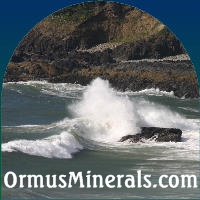
|
Pink Himalayan
Crystal Salt |
|
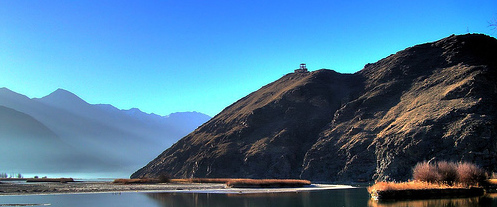
|
|
Himalayan Salt
- An Introduction Ancient,
beautiful, and mysterious
|
|
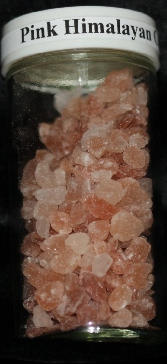
|
Himalayan salt is one of the most valued elements on
Earth.
- Hails from the valleys and rivers which lie deep within
the Himalaya Mountain Range.
- It has
been coveted for centuries due to its beauty,rich
mineral content, and
versatilitY
Himalayan salt is incredibly unique in appearance, texture, history, and usage.
- This
amazing salt carries a vast array of benefits both when used in the bath and when used in
food.
- It
softens the skin, soothes aches and pains, and contains up to 84
minerals that balance and detoxify the body.
Himalayan salt is the one of the purest, most natural salts in the
world.
|
| Himalayan Salt - An Ancient
Wonder |
|
Between 30 and 50 million years old, the Himalaya Mountain Range is located in Asia and is
home to mountains with the highest elevation in the world, including Mount Everest. The
highest peak reaches 26,000 feet.
The
colossal mountain range stretches across 1700 miles and 6 countries: Afghanistan, Pakistan,
Nepal, India, China, and Bhutan - the largest portions of the range in Nepal and Bhutan.
Within the Himalayas you will find many rivers flowing between the mountains, including the
Ganga, Brahma, and Indus, the largest river in the mountain range. In addition to
rivers, there are many lakes beautiful lakes, mostly the product of glacial
activity.
Within these rivers and lakes that cover the majestic mountain range, you will find an
ancient treasure that people for generations have coveted: Himalayan salt. Millions of years
ago, water within the Himalayan mountain range evaporated under the hot sun and left pure,
beautiful crystals of salt behind. The salt formed when the earth was pristine and free of toxins, and today,
each grain of salt remains untainted and clean.
For centuries, Himalayan salt has been valued for its purity
and its beauty, and has long been a staple within the communities which reside in the
area.Also known as “King
Salt”, salt of the Himalayas has been traded,
bought, and sold as a precious commodity. People from around the world have travelled to
Nepal with one goal in mind: to buy precious Himalayan salt and use it in their cooking and
in their baths and beauty treatments.
|
|
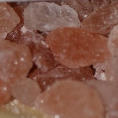
|
Inside a Grain of Himalayan Salt
|
|
Within each grain of this amazing salt is a self-contained
universe, reflecting the history of the ancient waters within the
world’s most beautiful and mysterious mountain range. Himalayan salt is quite different from salt
found anywhere else.
For
one thing, it’s beautiful: it often has a pinkish or light reddish tint, and under a
microscope, the crystals within the salt form gorgeously perfect geometric patterns. Large
shards of salt crystals are often marketed as decorative items and you’ve probably seen them
in the form of table lamps (think large pinkish crystals with light shining from the
center).
Himalayan salt, when left raw and in its natural state, is rich in nutrients and minerals.
Since many of these elements found within each grain of salt naturally occur within us and in
the environment, they are easily absorbed and utilized on a cellular level,. This is
why Himalayan salt is popular both as a food and
as a bath salt - as salt goes, it is incredibly
healthy and carries a variety of benefits.
Himalayan salt reportedly contains upwards of 84 different minerals, including Iron, Copper, Potassium, Magnesium, and
Calcium. These elements can be absorbed through our skin or orally in the form of table salt
and are all beneficial. Iron aids in the transport of oxygen to our cells and gives our blood
its red color. It also improves the body’s immunity, encourages deep sleep, and boosts our
overall energy level.
-
Copper is a
naturally abundant mineral in our bodies, and has many benefits including the
protection of our cardiovascular, skeletal, and nervous
systems.
-
Magnesium is an
often overlooked mineral and close to 90% of us don’t get enough of it - if you don’t
have enough of it in your diet, you may experience symptoms such as appetite loss, lack
of energy, headaches, and even depression. It keeps the heart healthy, and aids in the
absorption of other vital nutrients.
It’s
no wonder Himalayan salt is so popular. It’s versatile,
beautiful, and healthy. So now that you know a bit more about Himalayan salt - it’s rich
history, the makeup of each crystal - it’s time to learn about how you can use it at home. And
this is where it gets interesting! You can eat it for dinner, and soak in it before bedtime.
Talk about versatile, right? Well, keep reading!
|
|
Mineral Rich
Ormus Salts Combinations
|
|
Do you want to
make your own Ormus Minerals?
|
|
We have searched for salt from around the world and brought together a
combination of salt that will give you some very rich Ormus minerals with the wet method
precipitate.
|
|
Available Now!
|
|
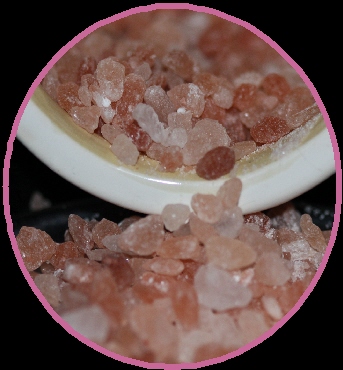
|
From
Pakistan
|
Pink Himalayan
Crystal Salt
|
|
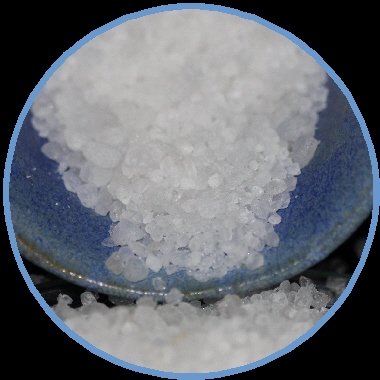
|
From Israel
|
Dead
Sea Salt
|
|
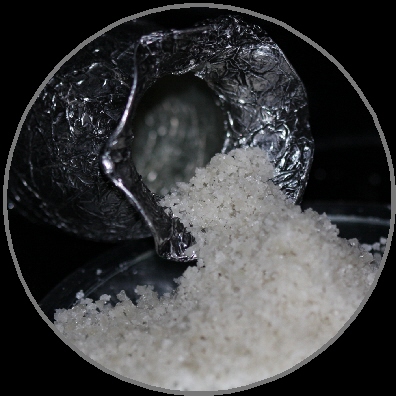
|
From France
|
Organic Certified Grey
Sea Salt
|
|
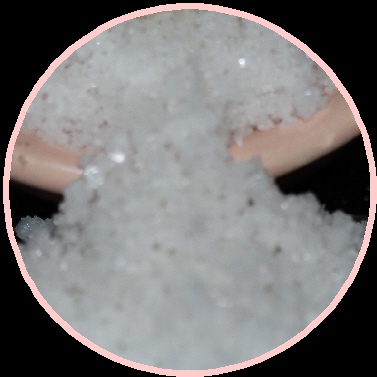
|
From
South Korea
|
Korean
Sea Salt
|
|
Himalayan Crystal
Salt
|
|
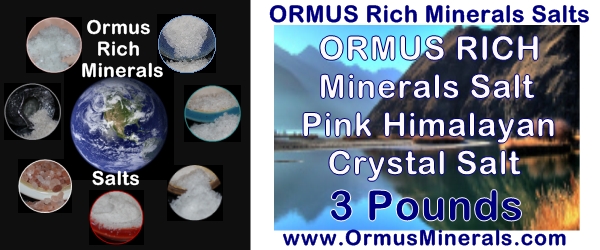
|
|
Weight
|
Cost
|
Total Cost
|
Shipping Is EXTRA
|
|
3 lbs Himalayan Crystal Salts
|
$14.99
per lb
|
$14.99
|
|
|
10 lbs Himalayan Crystal Salts
|
$3.99
per lb
|
$39.99
|

|
|
.jpg)
|
Ormus
Rich
Pink Himalayan
Salt
& Health
|
|
Himalayan salt is delivered to you raw in its natural, pure form and
contains minerals and nutrients from the Himalayan
mountains.
|
|
When the Sole evaporates, it leaves behind the salt, exactly as it was. This
transformability of salt ensures that it doesn’t have to be metabolized in our body. Unlike
starch which is transformed into sugar, protein which is transformed into amino acids, and fat,
transformed into glycerine and acid,, salt remains salt. It is directly available to the cells
in the ionized (electrical or energetic) form as Sole.
All other foods
must be separated into their components in order for the body to make use of them. But salt
always remains in its original form. It even accesses our brain directly.
Our body
does not need to metabolize the crystal salt in order for its energy to enter directly into our
cells. Salt has a very unique property. In contrast to all other crystalline structures, the atomic
structure of salt is not molecular, but electrical.
This is
what makes it so transformable. When we submerge a crystal of Himalayan salt into water, it
dissolves, creating Sole, the liquid materialization of the suns energy. Sole is neither water nor
salt. It is a higher energetic dimension than either the water or the salt alone.
|
|
100% Natural Himalayan
Salts "Yes,
they are Gourmet Food Grade Quality"
|
|
Salt from the Himalayas has long been enjoyed in culinary
dishes; it tastes amazing, and has many trace minerals that other types of salt. It goes by many
different names, including “King’s Salt”, “White Gold”, and “Salt of Life”, all indicative of
its value and high status.
High-quality, gourmet food-grade Himalayan salt is quite popular for
consumption. Cooks use Himalayan
salt in all kinds of dishes:
omelet’s, stir-fry, steak, and much more. In most cooking, fine-grain works best, but larger
crystals are great for baked goods (think giant pretzels) and other dishes where large pieces of
salt are preferred.
Humans aren’t the only ones that love to eat Himalayan salt - Himalayan
salt has long been the preferred source of salt for salt licks among owners of livestock, due to
its taste (even the animals like it best!), hardiness (it doesn’t break down, even in bad
weather), and beauty.
Many believe that this salt could be the answer for those of us who
wish to remain healthy and have a bit of sodium in our diet. Using a bit of Himalayan salt in
your recipes instead of ordinary table salt will bring your dishes to
life!
|
|
But what if salt was
healthy?
|
|
Current research suggests that Himalayan salt just might be
better for you than regular table salt. Before the advent of modern medicine, some say the salt was
often utilized as a home remedy to combat symptoms of various illnesses.
And
in addition, gourmet cooks and food lovers prefer it over regular salt, and swear it tastes
better.
Ordinary
table salt is usually “cleaned” and goes through a chemical process that often robs it of
many trace minerals and nutrients. Sodium chloride is the product left over after this harsh
treatment - a somewhat unnatural form of salt that our bodies have a difficult time utilizing
and digesting.
|
|

|
Note: Himalayan salt is salt.
If your doctor recommends a low-sodium diet, please
follow his or her advice. Himalayan salt carry the same risks as ordinary table
salt.
|
|









.jpg)
